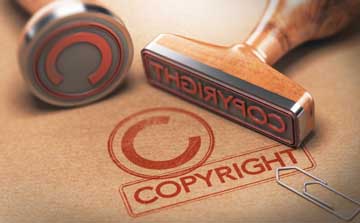Every now and then, someone comes along with a stunning sculpture or a clever way to repurpose an old item. Whether it’s meant to be freely enjoyed by all or sold for profit, copyrighting such a creation is a smart move. It not only protects the artist’s efforts but also confirms the originality of the work, preventing any unauthorized copies from appearing.
WHO OWNS THE RIGHTS?
Ordinarily, the creator holds the rights to their work. However, if the piece was commissioned or produced as part of an individual’s employment, those rights may instead belong to the employer or the party who commissioned the project.
PROTECTION
First, clarify what kind of work you’ve produced. Is it literary, digital, or a physical object? Each category follows its own legal procedures for copyright or related forms of protection.
One practical approach is to enlist a “Notary Public.” A notary can officially confirm the date of creation for your work, regardless of its form. If it’s a physical piece, you can capture it in photographs and have them certified. Notaries have the authority to authenticate documents, ensuring they are legally recognized, even across borders.
This method is often the simplest way to secure your rights. Should your work be reproduced illegally—either in full or in part—you must address it swiftly. Legal action can be challenging without proof of ownership, so it’s essential for the creator to have documented evidence of their copyright. A legal advisor or solicitor can then communicate this proof to other relevant parties, possibly in different countries.

